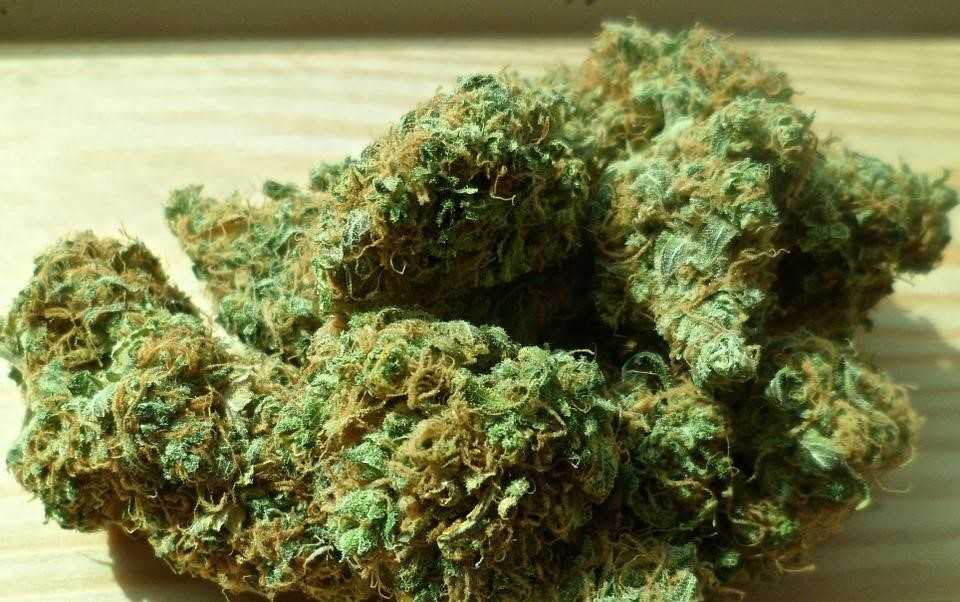In 2018, the Canadian government made recreational marijuana officially legal in Canada. This feat allowed dispensaries to sell for recreational use throughout the country. In addition, each province had the ability to approve of or dispute home grows.
If you live outside of Quebec and Manitoba, you’re in luck – it’s entirely possible to grow weed in your province. But you’re certainly going to need to know some things before you get started.
If you’re not sure whether you’re prepared to host a healthy home grow or not, you’ll quickly realise it once your plants spruce up. You’ll not only have weed that’s improperly cured, but you might not be following the grow rules in your province.
From your friends at The Green Ace, here’s a beginner’s guide to growing in Canada with 5 tips to know before you grow (skip the process and check our mail order cannabis service):
1. You’re Limited to Four Plants
In most provinces, the government has limited your plant count to four. Keep in mind that this number sets a limit for each property, not each grower – meaning that just because you live with five people doesn’t mean you get to grow five times as much. Unfortunately, the property is still limited to four plants.
Exceptions can be made for those authorised to grow medical marijuana on their property, in which the limit extends to five plants.
2. Grow Under Certain Conditions
If you have staked out an awesome warehouse for you and your buddies to grow an insane amount of weed, turns out your plan is thwarted by Parliament’s regulations. According to the Cannabis Act, home grow access specifically is intended for a home property. Plants must not be openly visible to the public. Instead, grow houses must be discreet and private.
Your grow house should be in an environment on your property that’s open to the natural elements, which are essential to a plant’s healthy growth. Plenty of access to sunlight in climate-controlled temperatures is essential.
3. Have the Right Mindset
Just because weed is legal for home growing doesn’t mean you’ve got a side gig. Keep in mind that while it’s awesome to be able to experiment growing your own bud, it will take time to get right. It’s possible that after your harvest you’ll have nothing to smoke. You’ll need to start from scratch until you’ve perfected your growth cycle.
4. Know How to Grow
With that being said, it’s probably your first time growing, and you’ll need some pointers to avoid making some common rookie mistakes.
There are two ways to begin: from seeds provided by a legal source, or from a plant.
- If you choose seeds, start by placing them in a wet paper towel – wait until they germinate and grow roots. Then, you can place each in small trays.
- If you choose to grow from an existing plant, start by clipping a strand of the plant and stripping its leaves. Dip the strand in a quality root solution and place the plant in your tray about a centimeter deep. This is really important – you’ll need room for the plant’s roots to move to the bottom of the tray.
- Over a few months, your plants will grow, and you’ll have to transfer them to larger pots. Your new soil should be loose and moist. You’ll have to continuously move your plants to larger pots as they grow larger.
- By the time you reach 5 gallons in depth, you can start watering. Keep in mind the goal is not to drench the plants in water, as this will deplete them of natural oxygen. Instead, you want to keep them moist enough to continue healthy growth.
- Following this growth, your plants will be ready to flower. They’ll need 12 hours of light, and 12 hours of darkness for eight weeks.
- After about four months, you’ll have several plants to call your own. If you’re dissatisfied with your results, the beauty of home growth is that there are no stakes. You simply get to try again, practice your technique, and grow until you get a great bud.
5. Purchase a Filter
Just because people around the nation are thrilled to start growing cannabis doesn’t mean your neighbors will be. Considering buying a weed filter to prevent the smell from reaching those around your property.

 DISCORD
DISCORD